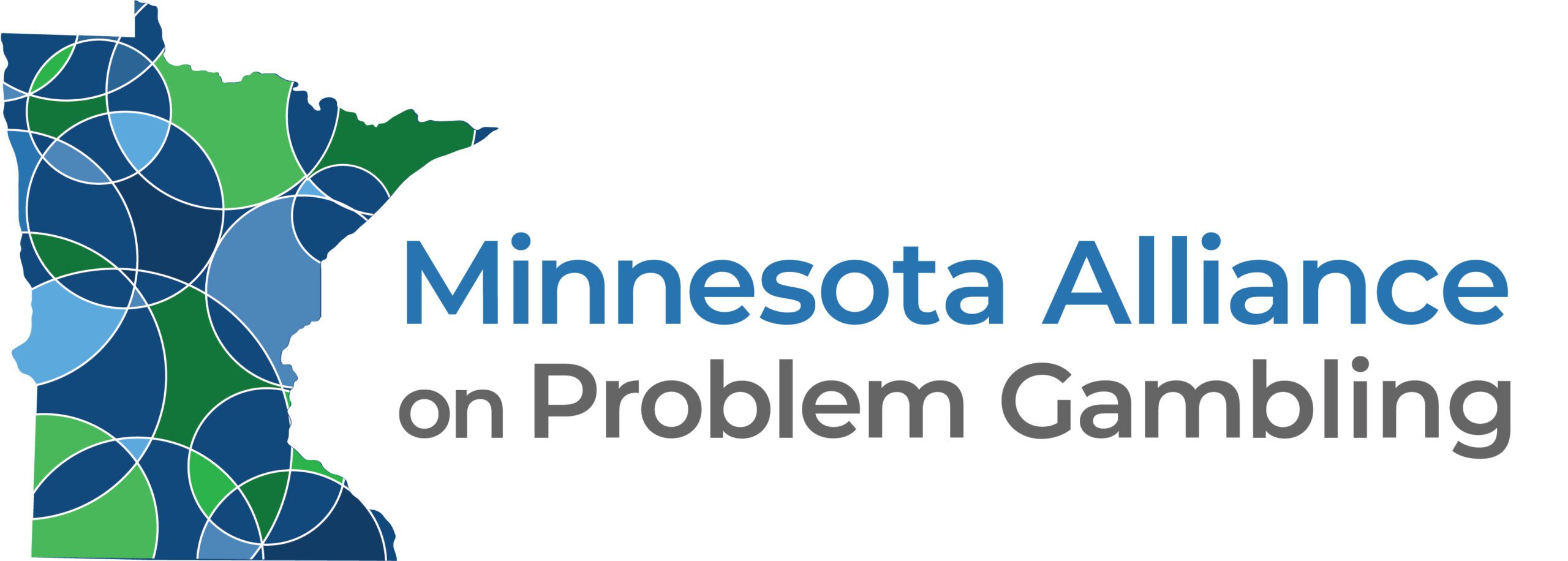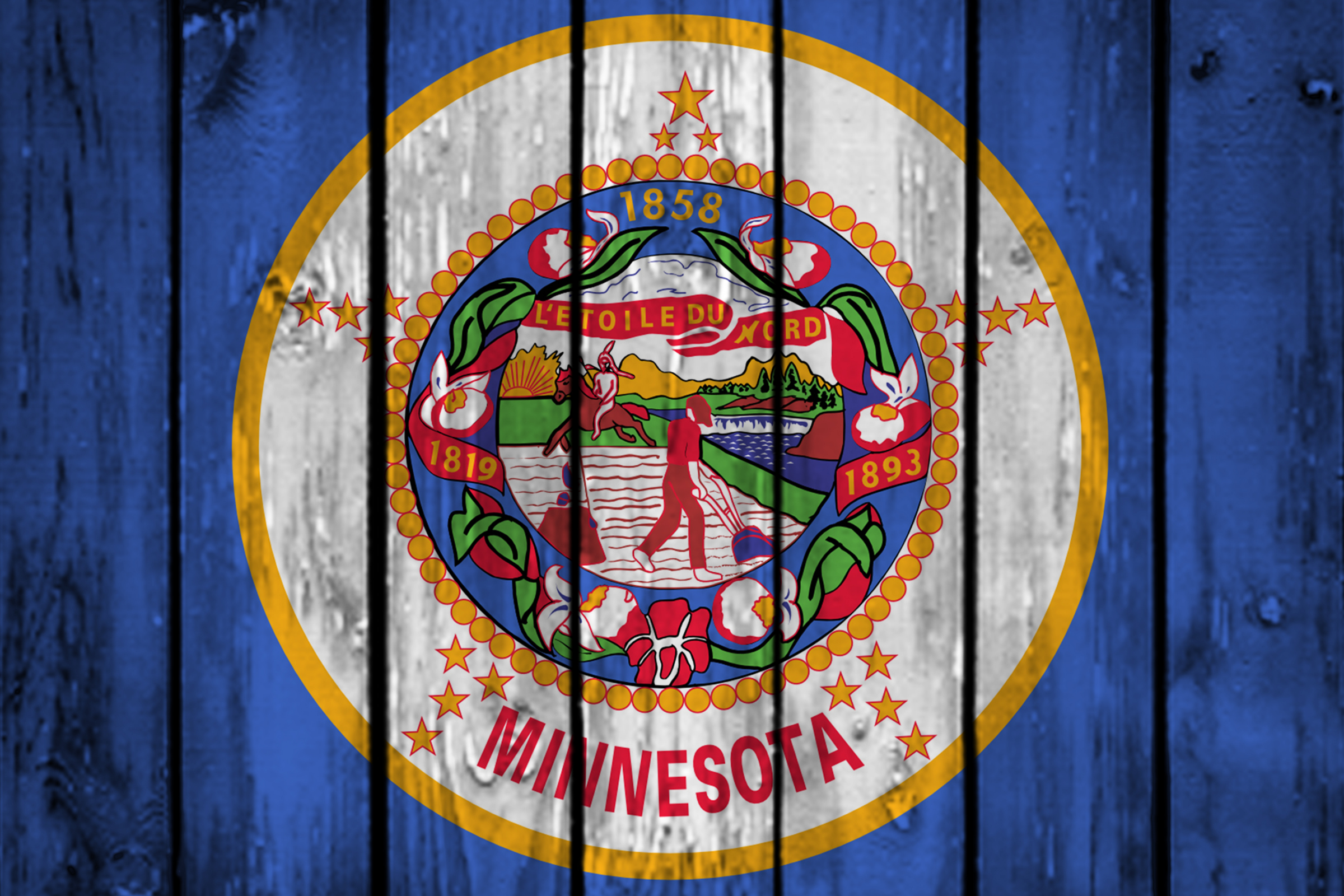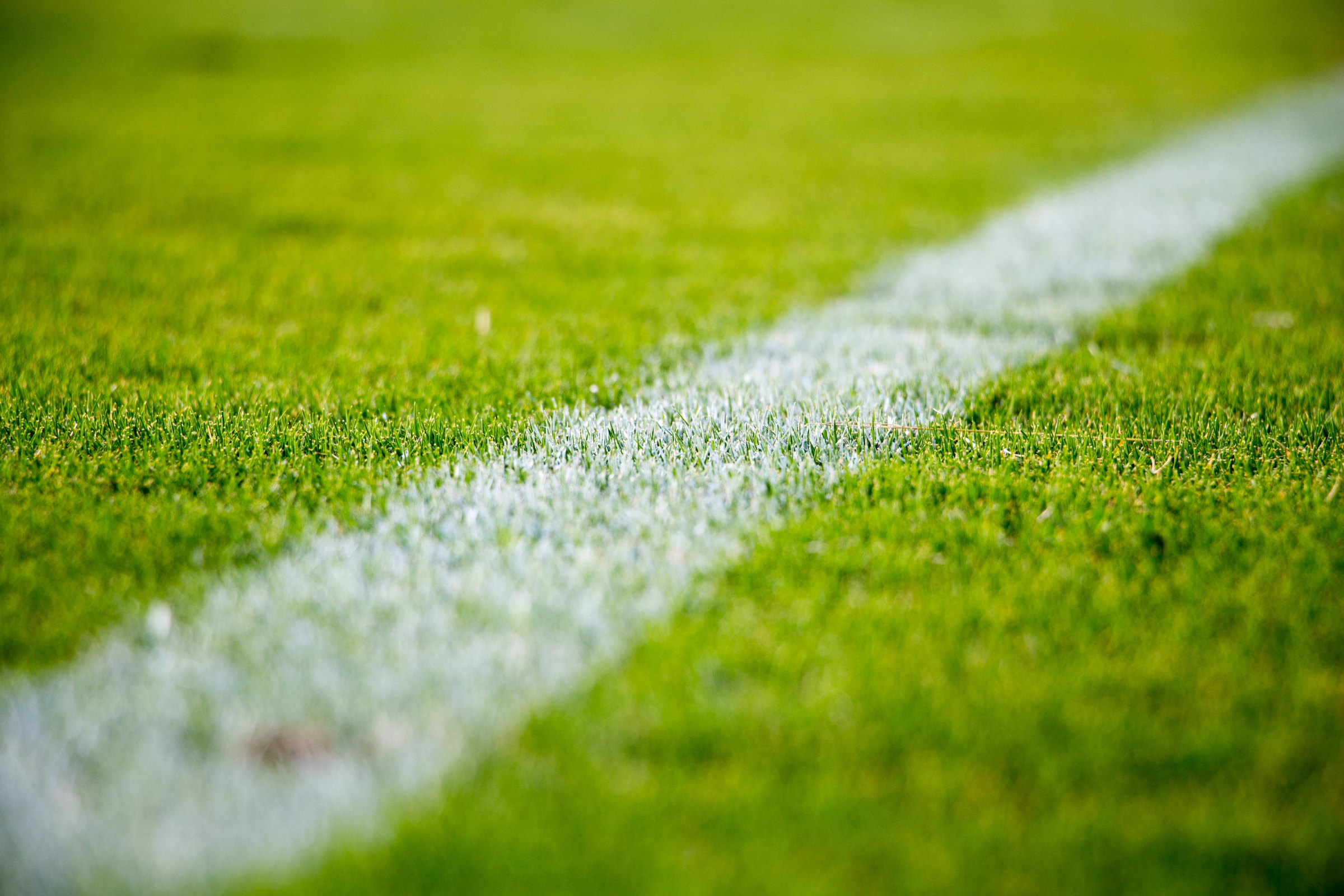
A Review of Sports Wagering & Gambling Addiction Studies — Executive Summary
The following is taken from the National Council on Problem Gambling:
This report on recent research suggests that gambling problems may increase as sports gambling grows explosively at the same time that mobile and online technologies evolve to create seemingly unlimited types of wagering opportunities. Here are important highlights from a special review of more than 140 studies and reports on the connections between sports betting and gambling addiction.
Sports Betting and Online Gambling: A Potentially Volatile Mix
The rate of gambling problems among sports bettors is at least twice as high as among gamblers in general. When sports gambling is conducted online, the rate of problems is even higher, with one study of online sports gamblers indicating that 16% met clinical criteria for gambling disorder and another 13% showed some signs of gambling problems.
Concerns About Modern Sports Gambling
Nearly half of American adults have bet on a sporting event. More and more are betting online, with 45% of sports wagering now taking place on the internet. Today’s online sports betting is particularly concerning for several reasons:
- Access: internet gambling is available virtually all the time.
– It’s more convenient and provides more privacy.
– Early research shows that those who bet using mobile devices have higher rates of problem gambling. - Live “In-Play” Betting: today’s sports gamblers can bet on much more than just the winner of a game.
– Sports gamblers can bet — during the game — on hundreds and potentially thousands of discrete events. Any aspect of a team or player’s performance or activity that can be measured is now a potential wager.
– This shortens the lag between bet and reward, increasing the speed and frequency of gambling, which increases the risk of problematic behavior.
Professional Athletes Frequently Gamble on Sports
Sports gambling is widespread among professional athletes. While no study of gambling among U.S. professional athletes is publicly available, such studies have been conducted elsewhere. One recent European report showed that 57% of professional athletes surveyed gambled on sports in the previous year, with 8% exhibiting problem gambling behavior, roughly three times greater than the general population.
Youth are at Higher Risk
Data from 2018 shows that more than 75% of students gambled. This is a big concern given the risk-taking behavior that takes place in adolescence and young adulthood, along with gambling being more socially acceptable and glamorized. More than 13% of adolescents wagered money on sports teams according to a study in 2017. Students most often bet on professional football and college basketball. Youth gamblers have higher rates of gambling problems than adults. Males are far more likely than females to both gamble on sports and to experience gambling problems.
Popularity and Growth of Fantasy Sports Gambling
From 2004 to 2018, participation in fantasy sports gambling quadrupled — from 14 million to 57 million. Higher fantasy game participation is associated with significant increases in problem gambling severity.
The Profile of a Sports Bettor
Heavy sports bettors who meet the criteria for clinical gambling disorder are typically male, young (up to age 35), single, fully employed, and have a high level of education. They think sports gambling is more skill than luck, suggesting they’re prone to distortions in thinking. They affiliate with others who favor sports betting, frequently taking advantage of different types of promotions, and are generally highly impulsive.
Marketing Inhibits Ability to Stop Gambling
Aggressive promotions in all forms of marketing and advertising make it more difficult for sports bettors who are trying to curtail their gambling. Ads that emphasize ‘free play,’ tout the ease of placing a bet, or offer risk-free bonuses are particularly problematic.
Looking Ahead
Sports gambling is growing rapidly with significant potential to create or worsen gambling problems. Twenty-three states to date have legalized sports betting. Moreover, it’s clear that substantial prevention and treatment efforts need to be developed and targeted to those most vulnerable to developing an addiction through sports gambling.
The review was conducted by Jeffrey Derevensky, PhD, and Ken Winters, PhD in the autumn of 2018. The full report, A Comprehensive Review of Sports Wagering and Gambling Addiction, is available here.



